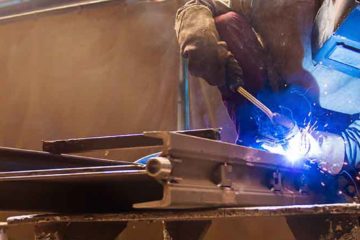Value Stream
A value stream is the series of activities that take a product from the supplier to the customer (for a physical product), or from the customer request to filling that need (for a service or informational product). It includes all the value-adding processes that the company performs in the Lean Read more…
